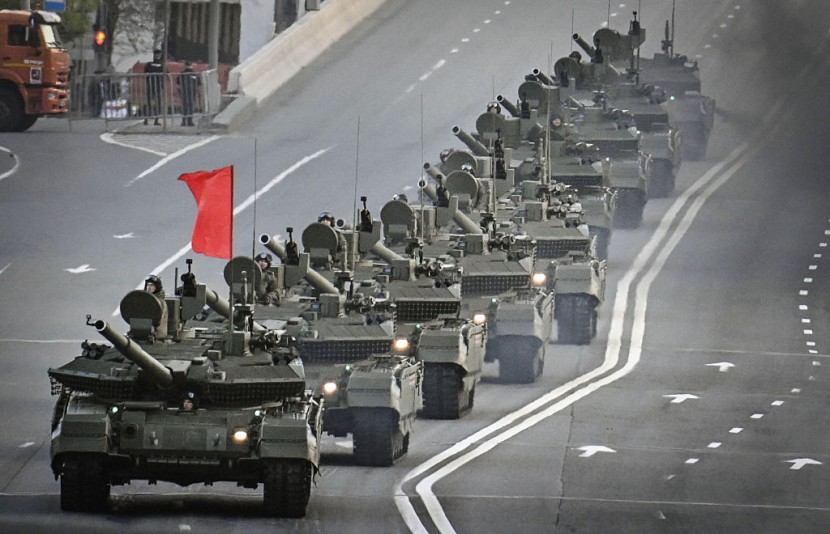
Russia's reported economic growth in 2024—officially cited at 4.3%—masks a far more precarious reality shaped by unsustainable military spending, deep structural weaknesses, and mounting social strain. While the Kremlin touts headline growth figures that seem to outpace Western economies, the underlying drivers and consequences of this growth paint a picture of an economy under severe stress and facing long-term risks.
Illusion of Growth: The War Economy
The surge in GDP is overwhelmingly driven by military expenditure, not by healthy expansion in civilian industries or rising consumer prosperity. Defense spending has soared, consuming up to a third of the national budget and crowding out investment in critical sectors like healthcare, education, and infrastructure. This war-driven stimulus is not a foundation for sustainable growth; rather, it resembles a "shiny apple that's rotten on the inside," as civilian sectors stagnate or decline. Retail sales and new housing projects have dropped, and many factories operate at reduced capacity as resources are diverted to the war effort.
Vicious Cycle: Inflation, Interest Rates, and Labor Shortages
The Russian public faces persistent inflation, with rates at 10% in March 2025—down from a peak but still eroding real incomes and pensions. The central bank's response—raising interest rates to as high as 21% before a modest cut—has made borrowing prohibitively expensive, stalling business investment and threatening sectors like real estate.
A severe labor shortage compounds these problems. The war and mass emigration have removed millions from the workforce, particularly skilled professionals in IT, finance, and management. The state has tried to offset this with higher wages and bonuses for military service, but this only fuels further inflation and leaves civilian employers struggling to fill vacancies.
Sanctions, Debt, and Oil Dependency
Western sanctions have had a cumulative effect, isolating Russia from global finance and cutting off access to critical technology and markets. Russia's reliance on discounted energy exports to China and India has increased, but at the cost of reduced revenues and growing economic dependence on China. Oil and gas, which make up about 40% of GDP, have seen declining export volumes and prices, putting further pressure on the budget and leading to a sharp drop in profits for major firms like Rosneft.
To finance its deficits, Russia has ramped up domestic borrowing, issuing over $128 billion in federal loan bonds since 2022, a strategy likened to "maxing out a credit card to pay for a war that's already draining the bank".
Systemic Weaknesses and Social Strain
Beyond the immediate shock of war and sanctions, Russia faces longstanding structural challenges: an overdependence on energy exports, a state-dominated and corruption-prone business environment, and chronic underinvestment in innovation and human capital. These weaknesses deter foreign investment and stifle private enterprise, as seen in the departure of international firms and the ongoing "brain drain" of skilled workers.
The human cost is mounting. Public services like healthcare and education are underfunded and understaffed, with rural clinics closing and schools struggling to hire teachers. Poverty is rising, with millions living below the poverty line and families forced to cut back on basic necessities. Social spending is increasingly directed toward military needs, fueling public discontent.
The "War Trap" and Outlook
The Russian economy is now so intertwined with the war effort that ending the conflict could trigger a sharp contraction, as defense industries employ a significant share of the workforce and regions depend on war-related spending. The government faces a dilemma: continued war spending props up short-term growth but deepens long-term vulnerabilities and social strain.
Economists and even government officials now warn that Russia is on the brink of recession; the current growth is seen as a correction from overheating, not a sign of sustainable recovery. High interest rates, persistent inflation, labor shortages, and falling oil revenues all point toward a likely downturn or prolonged stagnation.
Conclusion
Russia's economic reality is one of phantom growth and mounting fragility. The war economy has produced short-term GDP gains, but at the cost of inflation, debt, labor shortages, and the neglect of essential public services. The system's deep structural flaws—over reliance on oil, state control, and corruption—remain unaddressed, and the social toll is rising. Without significant reform or a change in geopolitical course, Russia faces the prospect of recession or long-term stagnation, with profound implications for its people and the global economy.
© 2025 HNGN, All rights reserved. Do not reproduce without permission.








